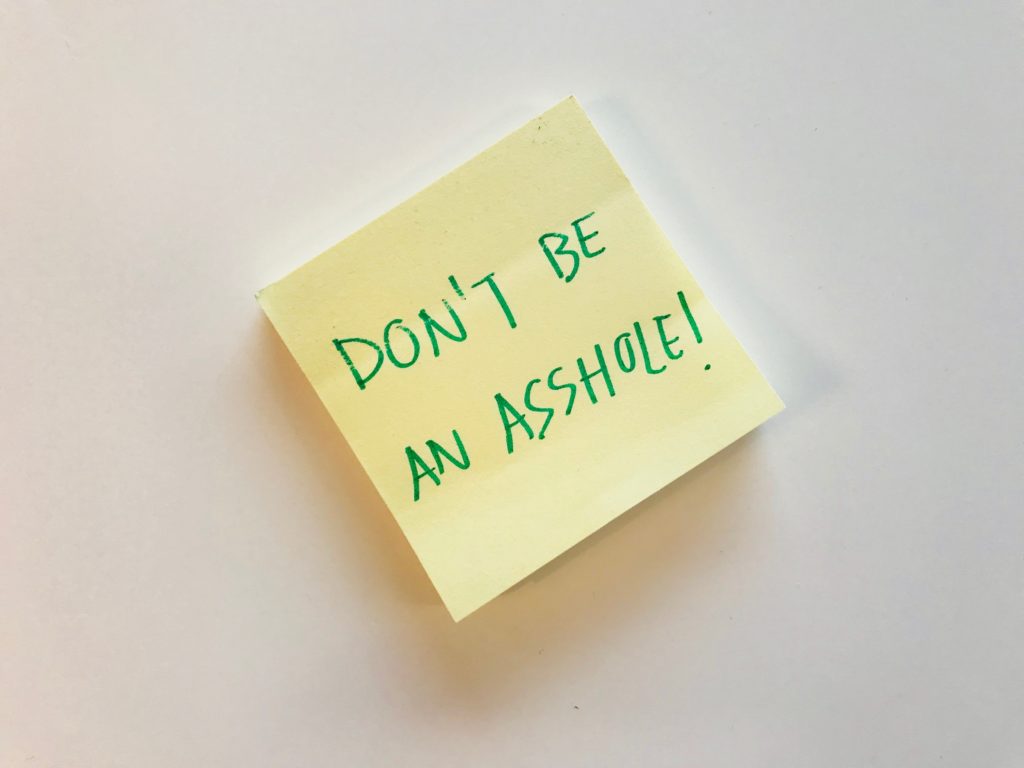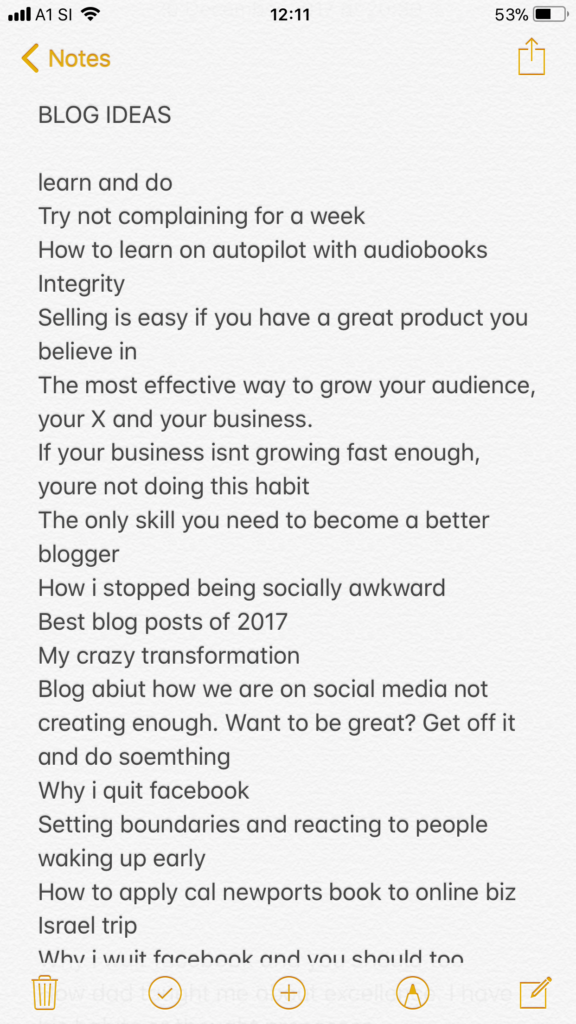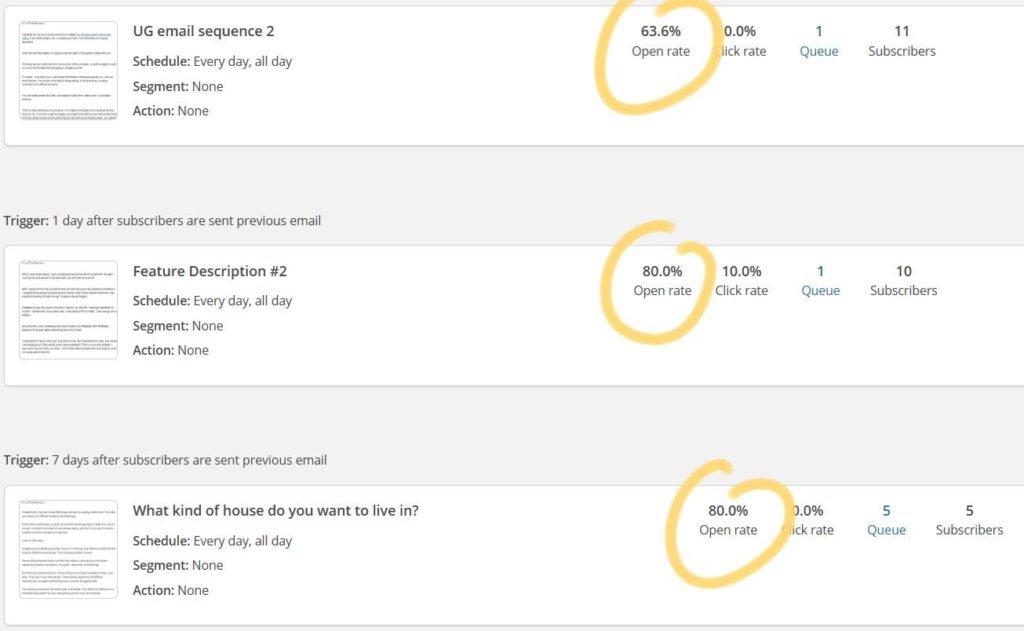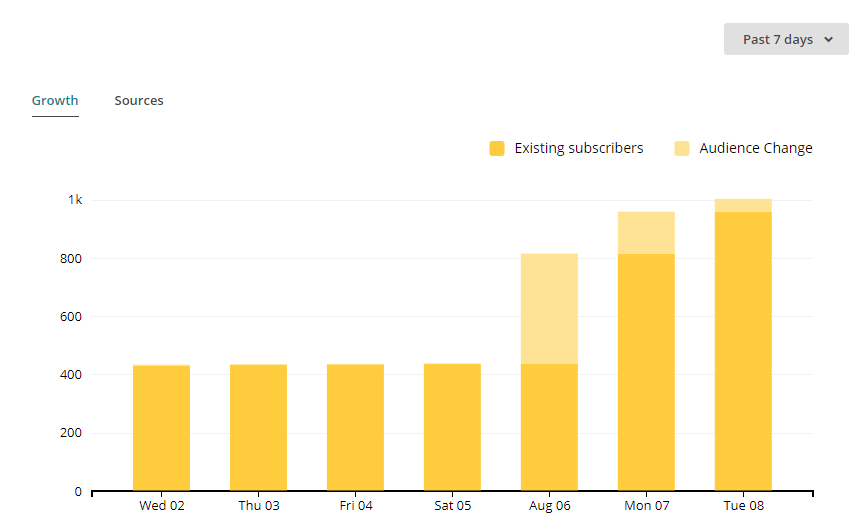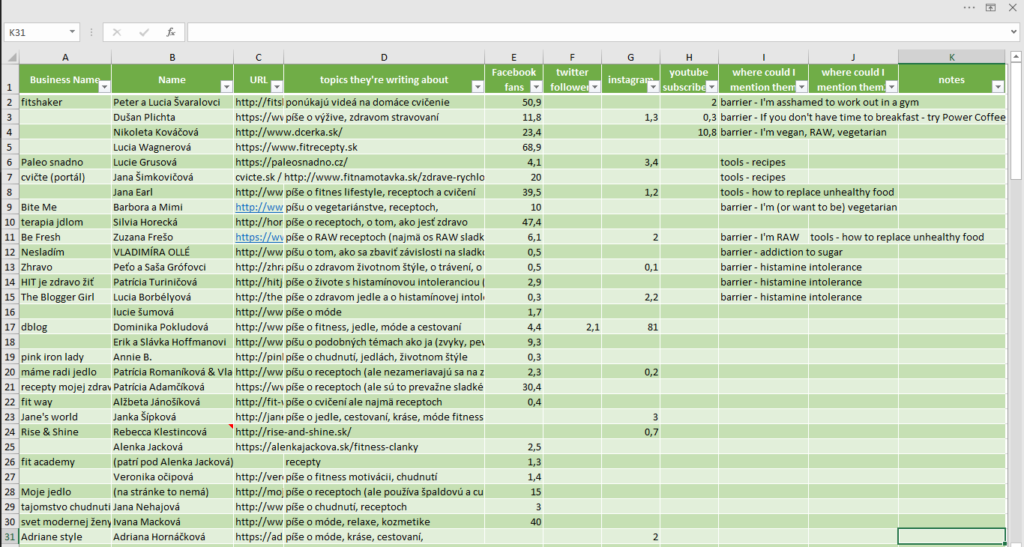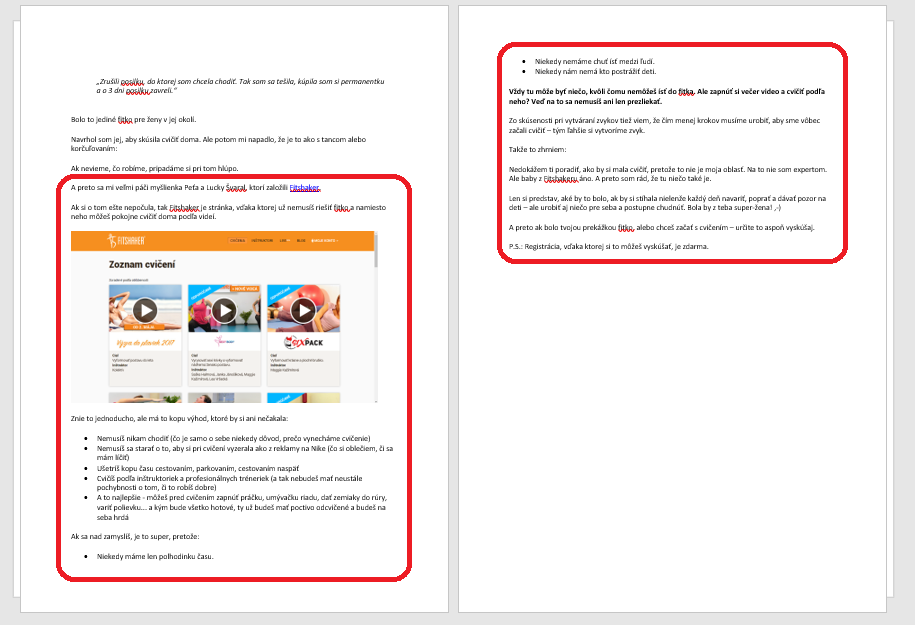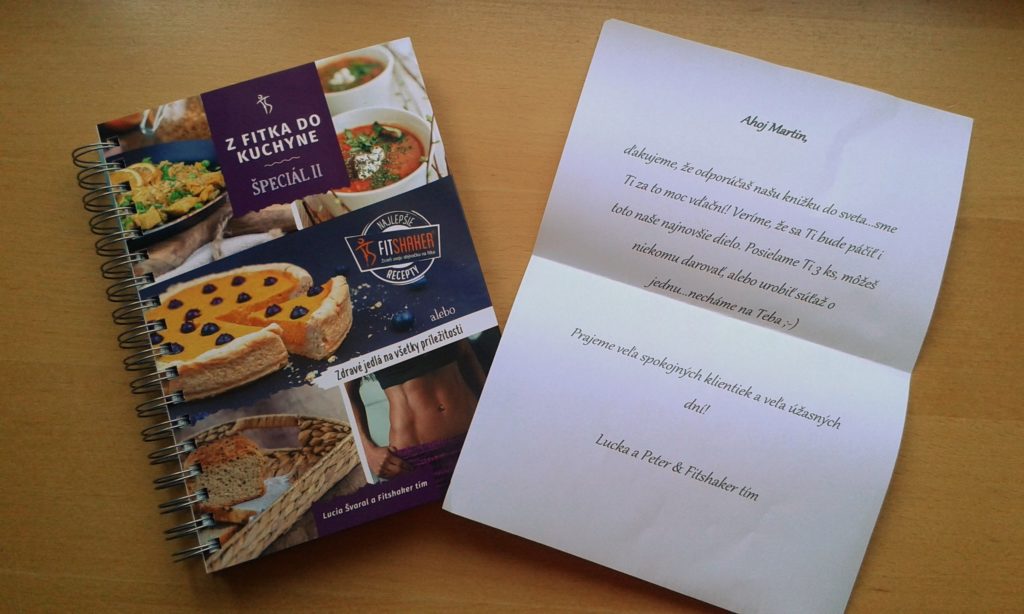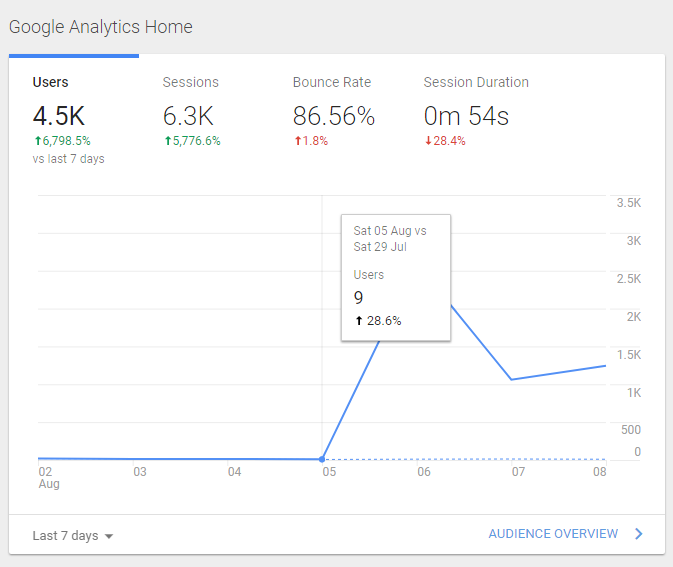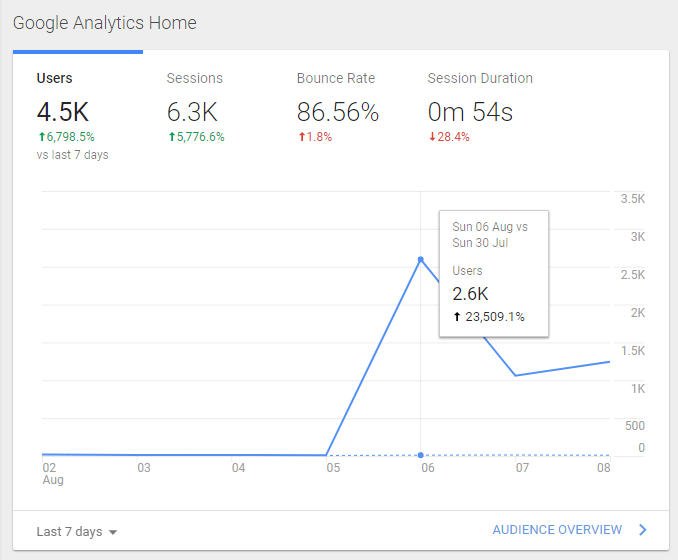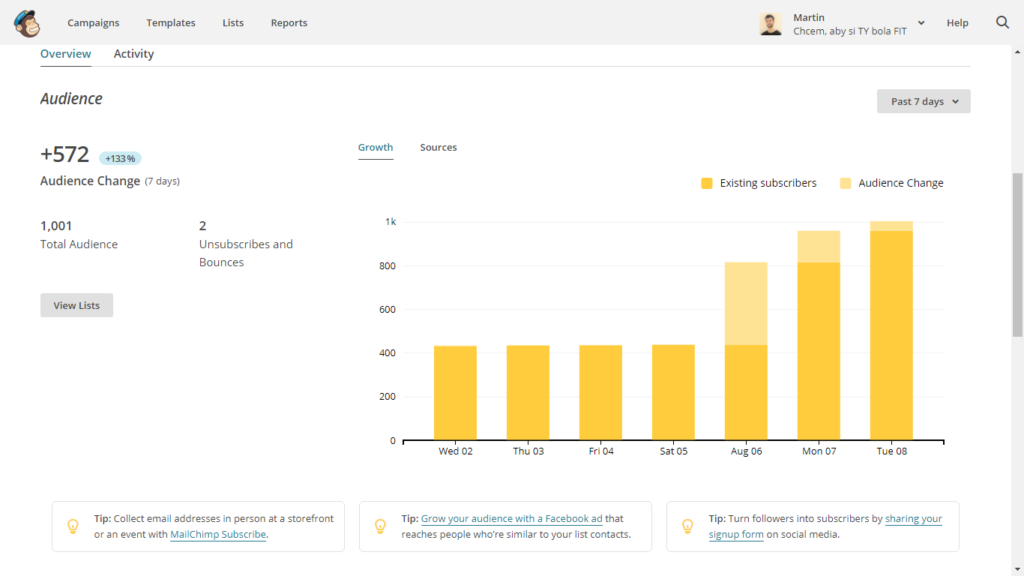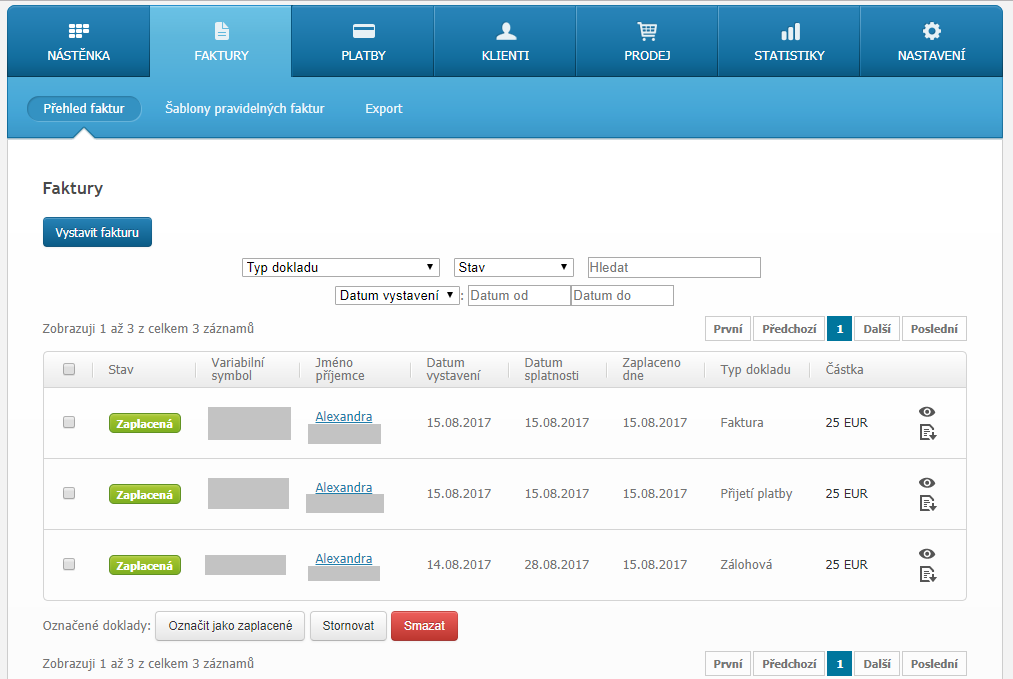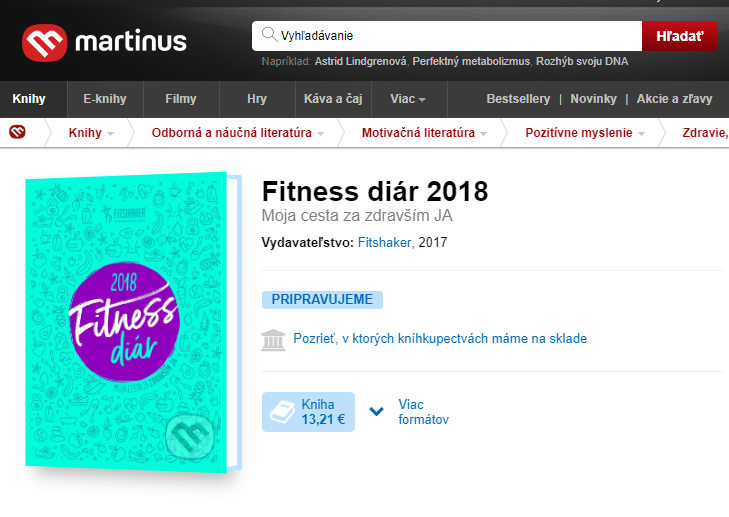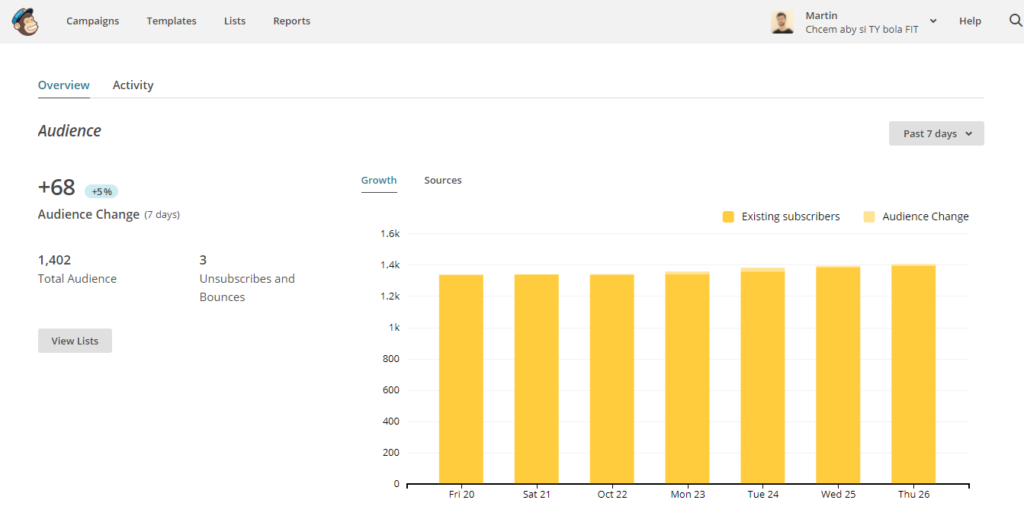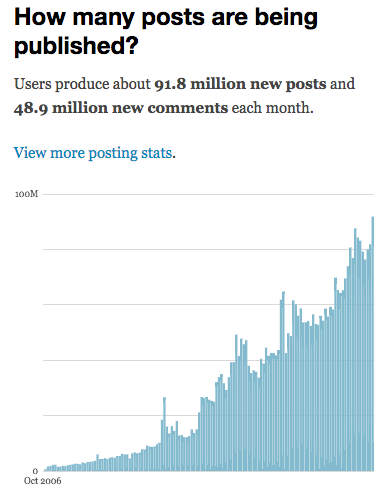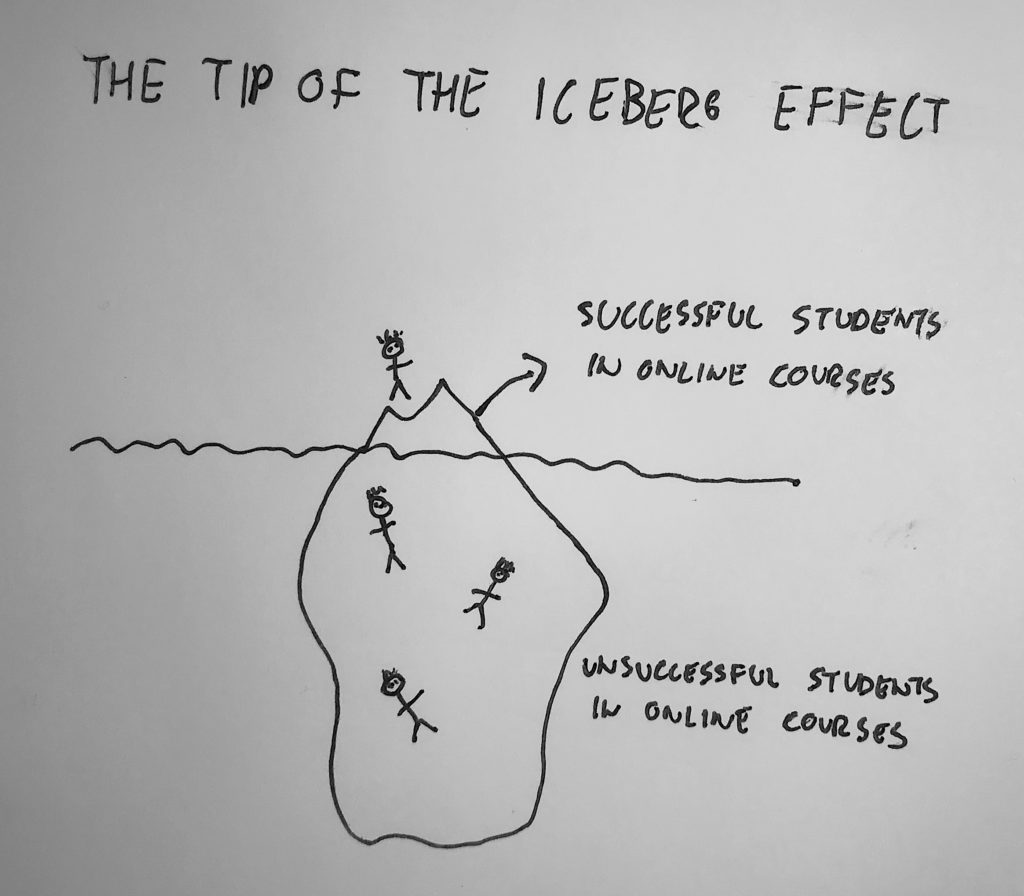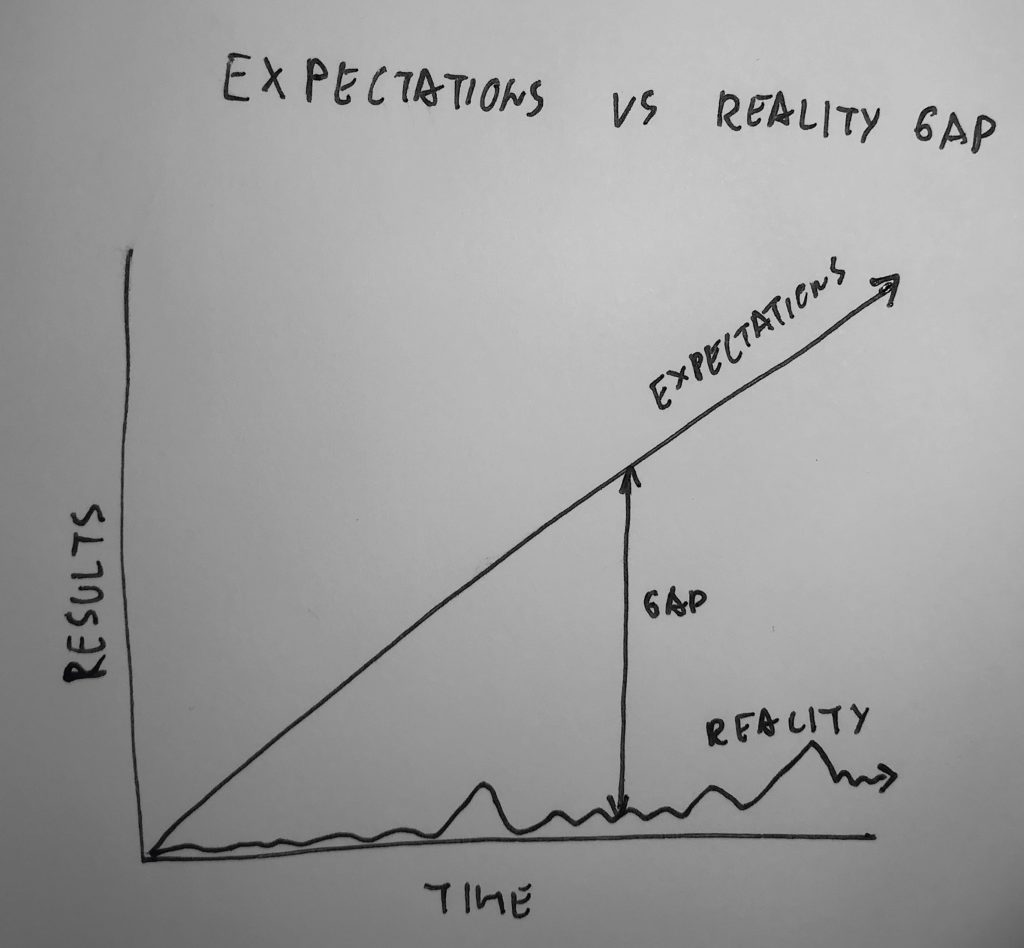A few months ago I made the biggest investment I ever made in myself:
I joined an elite 6-month business mastermind from Derek Halpern from Social Triggers, one of my favorite online entrepreneurs.
The mastermind cost $25k for 6 months, which is definitely a lot of money.
Most people wouldn’t spend that kind of money at the stage of the business I’m at. They’d probably think I’m crazy for doing it.
But I’ve always believed in aggressively investing in yourself, so this investment was a no-brainer for me.
In this post, I’ll share why I joined this mastermind, what the experience was like, and most importantly if it was worth it or not to spend $25k on it.
Let’s dive in!
First, how do elite business masterminds even work?
In a nutshell, I’ve found that most elite business masterminds include a few things:
- In-person retreats (where you spend a few days together with the mastermind, learn about new strategies that you can use to grow your business and get personalized feedback from the group on your business challenges)
- VIP days (where you get to spend a whole day with the host of the mastermind and do a complete strategic overview of your business)
- Group coaching calls (regular online check-ins to see how you’re doing and to get help with the month-to-month challenges you’re facing in your business)
- 1on1 coaching calls (on-demand coaching calls that you can use to work on your sales funnels, sales pages, product development, etc. – on as needed basis)
Most people will either join an elite mastermind to get access to new knowledge they don’t have yet, to meet entrepreneurs at similar stages of their business, and to get direct help from an expert that’s hard to get anywhere else.
3 reasons why joining an elite business mastermind was a no-brainer for me
When I heard that Derek was starting an elite business mastermind, I immediately knew I wanted to be a part of it, no matter how much it cost.
I saw this as a once in a lifetime opportunity to get personalized feedback on my business from someone who rarely does any 1on1 work, so I immediately jumped the gun.
I knew that making this investment in myself would pay off many times in the future. It was just a matter of time.
Here are the specific reasons why joining an elite business mastermind was a no-brainer for me:
#1 – I wanted 1on1 access to a top expert in my industry
I always made it a point to learn from the best people in the industry.
That’s why I’ve spent tens of thousands of dollars on online courses from Ramit Sethi, Selena Soo, and Derek Halpern over the past few years.
That’s why I fly to the US multiple times a year to connect with other top influencers in my industry.
But even though I already had mentors that would help me out when I needed their help, I felt like I really lacked a 1on1 business coach that would sit down with me, take a look at my whole business and tell me what I’m doing well and what I can do better.
I wanted to eliminate the guesswork from my business and have access to someone who’s been there and done exactly what I wanted to do – built a multiple 7-figure online business.
I knew that if I could have someone as experienced as Derek look at my sales page, sales funnel or growth strategy for my business, that could easily help me double my online business this year.
I also knew from the past that many successful online entrepreneurs made similar investments early on in their careers.
One of my mentors Ramit Sethi regularly talks about how he joined an elite mastermind from Jay Abraham and how he flew in all over the country 1x/month just to meet with him for 45 minutes.
Another friend and mentor of mine, Selena Soo talks about how she hired a high-end business coach relatively early in her career as well so she was able to rapidly grow her consulting business.
For a long time, I wished I would be able to do the same – and when this opportunity came up, I knew I was ready.
#2 – I wanted to learn how to become a true master of my craft
Over the last year, I realized that what many top online entrepreneurs actually DID to create their online business is very different to what they TEACH in their online courses.
Yes, the techniques and strategies that they share in the courses generally work pretty well, but they ONLY work well if you PRACTICE them, not if you just “know” them.
For example, if you take an online course on copywriting, but only write five 1,000 word blog posts in a year, you’re not going to become a master copywriter or really grow your business.
But if you use the same copywriting course to rewrite your sales page 17 times (while getting feedback on your writing from your audience and from a coach), then you’ll make a huge step towards becoming a great copywriter.
This is the part of the story that most online gurus leave out.
Why?
Well, it’s pretty simple.
If you told people that building an online business isn’t easy and that it’s very unlikely that you’ll actually be able to do it over the course of 4 or 8 weeks, and that it will take you years of practice to build an incredible online business…
…Then that’s not as sexy as “you could be earning thousands of dollars a few weeks from now!”.
I noticed that a lot of online entrepreneurs hate talking about their process and hard work because they think that nobody is interested in the process, or is willing to do the work.
While that might be true for most people, it’s not true for me. I always wanted to hear the TRUTH.
I wanted to find out exactly what people did to become incredible at what they do. I wanted to find out how they practiced on a daily basis to get better, no matter how boring the process might seem to some people.
Because deep down I knew that that was the real secret to success, and not just another tactic or strategy or hack that I could use.
By getting 1on1 access to Derek, I knew I could talk to him about what he actually did to become a great online entrepreneur and develop his strengths like creating viral YouTube videos.
I knew it wasn’t luck or talent, and that it was practice.
Joining this mastermind would help me get to the bottom of it – and then help me learn how I could become a more masterful entrepreneur myself.
I knew that would be the secret to scaling my business to multiple 6 and 7 figures, and I’d only need to do the work to get there.
#3 – I wanted to experience what a $25k mastermind is like so I could create an elite mastermind in the future
I always had a dream of running an elite business mastermind myself.
But before I did that, I wanted to know what excellence looks like.
I wanted to experience what joining a high-end mastermind looks like, so that when the time came, I would know exactly how to run my own, in my own way.
I always thought that was the right approach to life.
If you want to sell a $1,000 online program, you should join a few of them to see where the bar is set. If you want to charge $500/h for coaching, you should hire a coach that charges $500/h to see what the experience is like (and so on).
It gives you the lay of the land and also gives you the opportunity to create something incredible in the future.
So what was the experience like?
So far I’m about half-way through the 6-month mastermind I joined:
- I’ve done a full VIP day with Derek to look over my whole business
- We’ve done a 2-day in-person retreat in NYC with the whole mastermind
- We’ve done a handful of monthly accountability calls
The VIP day with Derek was absolutely incredible, and probably my favorite and most valuable part of the experience.
First, we sat down and look over my whole business model and business strategy and created a plan for 2018, which was awesome.
Then, I asked Derek all the questions I could ever think of related to his business – from how he started it, to how he comes up with viral video ideas, what he does on a day to day basis, etc.
This really helped me understand why he’s so incredibly good at what he does, and how I can get better at skills like creating viral content, storytelling or writing better sales pages.
The 2-day in-person retreat in NYC was also amazing.
During the retreat, Derek essentially walked us through how he runs his business – from coming up with new ideas, to doing the customer research to building and improving the actual products.
He also talked to us about what he’s focusing on in his business right now, and what the thinking and strategy behind it is.
As the icing on the cake, we spent quite a lot of time focusing on our own business challenge through “hot seats”, which was helpful in getting clarity for what to focus on in my business next.
Just for these two parts, the mastermind was 100% worth it for me. There’s just nowhere else where you can have deep conversations about your business with a world-class expert, and see the behind the scenes of how he runs his business.
Even when I worked with Ramit Sethi for 2 years, I didn’t get this kind of direct access to him – and it’s truly priceless.
The last part of the mastermind that I’ve experienced so far were the monthly accountability calls, which are essentially mini hot-seats where you can get help with your current business challenges.
This part was good as well, though not as valuable as the longer, in-person meetings.
The one part of the mastermind which I haven’t used yet is the 1on1 coaching calls, which will be useful over the next few months as I develop and launch new online programs, and flesh out the strategy for my business until the end of the year.
We also have another retreat coming up in NYC soon, which I’m really excited about.
Was spending $25k on a mastermind worth it?
So all in all, was joining this mastermind worth it and a smart financial decision?
For me, the answer is HELL YES.
Even though this is by far the biggest investment I’ve ever made in my business, it’s also one of the most valuable investments I’ve ever made, and exactly what I needed at this stage of my business.
Joining this mastermind has given me the clarity that I need to take my business to 7 figures, as well as the business knowledge that will help me better serve my students and clients.
I do believe that once you hit the low multiple six figures with your business, a high-end mastermind like this can be a phenomenal investment and a great use of your time – especially as it becomes increasingly harder to find people that you can continue learning from in the online business world.
I also believe that the overall format of the mastermind with in-person VIP days and retreats works great, and it’s something I want to do more of with my coaching clients.
At a lower price point, a mastermind like this could be a great investment for someone who’s running a 5-figure business and wants to get it to 6 figures.
So who knows… Perhaps later this year I’ll create one :).
-Primoz
